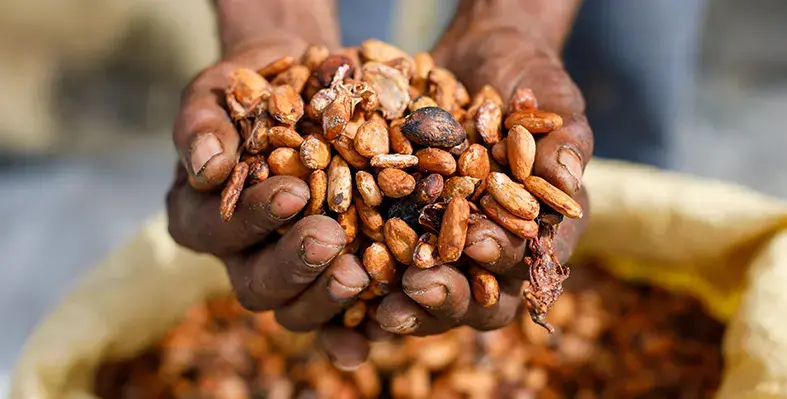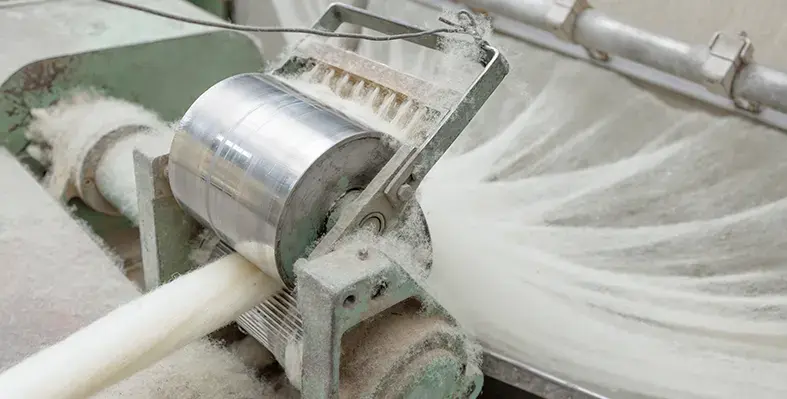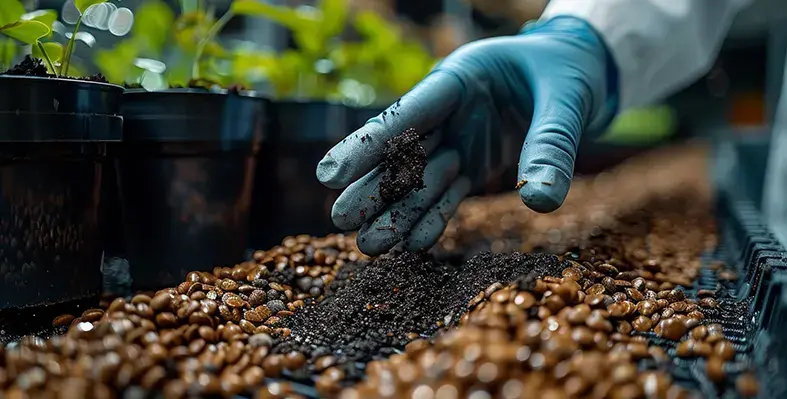Côte d’Ivoire has reported that it successfully traced 40 percent of its cocoa production during the 2024/25 season, running from October to September, according to the most recent Cocoa Barometer report.
The 200‑page examination of the global chocolate industry touches on critical issues such as poverty, deforestation and human rights, and underscores that weak traceability persists as a central flaw in Côte d’Ivoire’s cocoa value chain. Much of the nation’s cocoa production is still channelled through fragmented systems. The study highlights that sourcing often passes through multiple intermediaries, rather than linking farmers directly to processors. This opacity hinders efforts to monitor environmental impact or hold parties accountable for deforestation and unsustainable practices.
Indeed, the report estimates that 60 percent of Ivorian cocoa remains untraced a figure broadly in line with prior research. A 2023 study by Trase and UCLouvain found that 55 percent of cocoa exported in 2019 lacked traceability. Researcher Cécile Rénier points out that weak institutional ties between cooperatives and smallholders aggravate the problem: farmers may sell to multiple buyers or even informal agents, while cooperatives sometimes buy from non‑members to meet volume goals. This weakens accountability and complicates efforts to verify that the cocoa declared actually originates from the claimed plots.
At the policy level, this report emerges amid debates over the European Union’s deforestation regulation set to ban imports linked to forest loss. Though its implementation has been delayed to 2026, traceability is now more urgent than ever, since the EU receives 55 percent of Côte d’Ivoire’s cocoa and cocoa product exports. In response, Côte d’Ivoire has introduced a National Coffee‑Cocoa Traceability System, launched in September 2023, to record commercial transactions and enable tracking of individual sacks. Between 2019 and 2020, the Coffee and Cocoa Board (CCC) conducted a detailed census of farmers and their plots, and in 2022 began issuing identity cards to farmers that include plot sizes and ownership details. To date, approximately 855,000 of the 993,000 registered farmers have received these cards, covering more than 3.2 million hectares of cocoa and coffee land.
While achieving 40 percent traceability marks progress, wide gaps remain. Strengthening transparency across the supply chain, deepening integration of trace systems, and forging more dependable connections between farmers and buyers are vital for enhancing sustainability. Only then can Côte d’Ivoire hope to align with export standards and shield its cocoa sector from deforestation, environmental harm and human rights abuses.












